Ballerinas: Making a Double Life Look Effortless
December 11, 2015
Ballet, and all kinds of dance, is the ultimate juxtaposition of athleticism and grace. The work that goes into the flexibility, strength, elegance, memorization, creativity, rhythm, getting into character, ends up looking effortless at a final performance, but takes years and years to achieve. Professional dancing takes a tremendous amount of time and energy from an adult who has to committed to ballet as a career, but the discipline and devotion that comes from a high school dancer is by no means less intense or time consuming.
After speaking with four ballet dancers at our very own Terra Linda High School, I learned that much like most varsity sport all-stars, these dancers began their journey at a very young age. Some, like sophomores Polina Myers and Erica Bell, started as young as two to three years old. When starting this young, sometimes it is hard to say if ballet will be the one true passion for the rest of one’s life, but with the help of mentors, or a love for the dance, these ballerinas in the making have stuck with it. Ava Anderson, a senior at Terra Linda High, says, “I used to hate [ballet] when I was eight and nine and ten.” It took a push from an inspirational teacher to keep Anderson persevering. For others, like Amber Lane-Bortell, also a senior at Terra Linda, family introduced her to dance, and she just “stuck with it.”
These Marin born and raised dancers, with the exception of Myers who moved here from Oregon, have been dancing at local Dance studios for years. Although there was a lot of moving around for all four dancers, the most common dance theatres they attended were: Marin Dance Theatre, located at the St. Vincent’s School for Boys Campus, Marin Ballet, and the San Francisco Ballet School. Myers, who started her dancing career in Oregon, at the Oregon Ballet Theatre, has had the most variety in dance schools. She’s danced coast to coast, attending summer intensives at both the San Francisco Ballet School, and the Paris Opera Ballet. She now dances at Marin Dance Theatre with Anderson. As they keep growing and improving, they are constantly moving outside their comfort zones and committing to life-changing schools, such as the San Francisco Ballet School.
Not only are these girls full time dancers, they excel in every aspect of their lives, including being full time students. Both Lane-Bortell and Anderson have been a part of the Marin School of Environmental Leadership, a magnet program within Terra Linda, which has taken even more commitment than the average student. “During my freshman year, I got up at 6 in the morning for 0 period, went to ballet straight from school, and didn’t get home until 7:30 or 8, when I would do my homework,” says Lane-Bortell. Myers agrees that working through school and aspiring dancing as a career does lead to “sacrifices, including an extremely limited social life.” Because the discipline they learn as dancers applies to all aspects of their life as well, they definitely have their plates full.
Not only are they academically over-achieving, which occupies their mind, dancing takes a physical toll on these girls’ bodies and overall health. Lane-Bortell was actually injured recently, when she rolled her ankle during rehearsal for the Nutcracker, a performance Marin Ballet performs every holiday season at the Civic Center. Thankfully, she will still be able to perform, but she had “very little time to get back into shape beforehand.” Injuries are very unfortunate to ballerinas, and taking a break from dancing can be detrimental. Lane-Bortell also adds on that note, that even taking a break for week, “it is very painful to go back on pointe,” a kind of dancing which requires a lot of toe strength, and special shoes. However, getting injured is far from the only health risk ballerinas endure. Lack of sleep was mentioned many times when asked about their school and dance life. When Bell was working on performing Sophie and the Enchanted Toy Shop with Marin Dance Theatre, she said the rehearsal night lasted “sometimes till 9:00 pm,” and with performances on weekdays, she would fall asleep during PE (physical education).
Why would anyone go through leaving a social life behind, losing sleep, and risking injury? Dancing leaves these young students with many benefits. Myers says that committing to ballet has taught her some responsibility in taking care of herself. She says “ballerinas can’t just eat junk food and lay around all day, so this has inspired [her] to live a healthier life.” Bell agrees that dancing has led to a healthier lifestyle. It even “inspired [her] to become a nutritionist.” Also, concluding on injured, Anderson takes note of how she is “as nice to her body as [she] can be” in order to prevent injuries and take care of her muscles. Every night she rolls out her calves and her back before going to bed, as well as icing her feet. As well as being physically aware and prepared, Anderson also says ballet has let “time management skills [turn] into [her] coping mechanism.” She is more responsible and organized when it comes to school and life in general. Because ballet is so demanding, these dancers have learned what it takes to fulfill one’s passion as their dream. They have learned discipline, responsibility, organization skills, perseverance, and most importantly, they’re doing what they love.
A few of these girls plan on continuing ballet throughout their life, but they are also going to fulfill their educational career, whether it be right after high school, or following a well-spent ballet career. Their determination and passion will take them to where they want to go, and their journeys will hopefully inspire other dancers and anyone else with a passion to follow their dreams.



















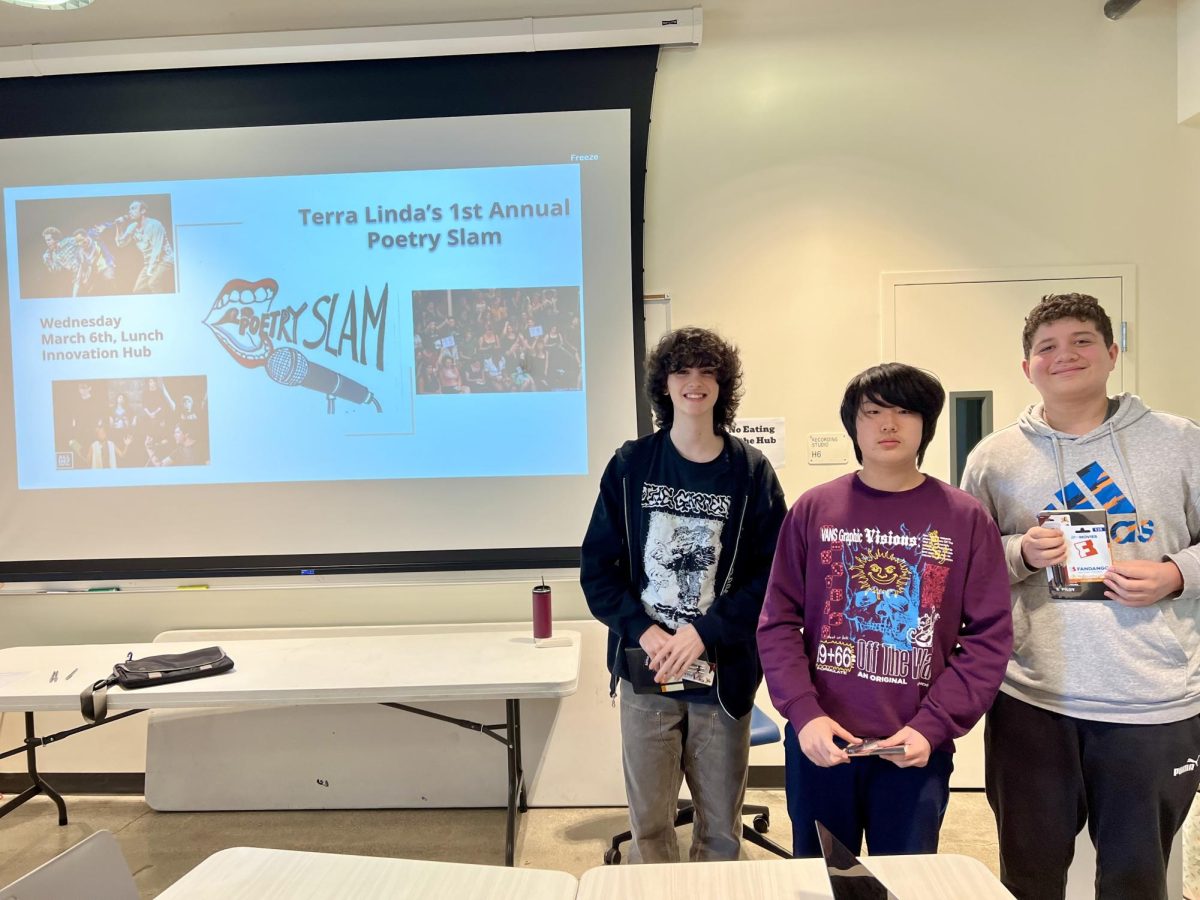

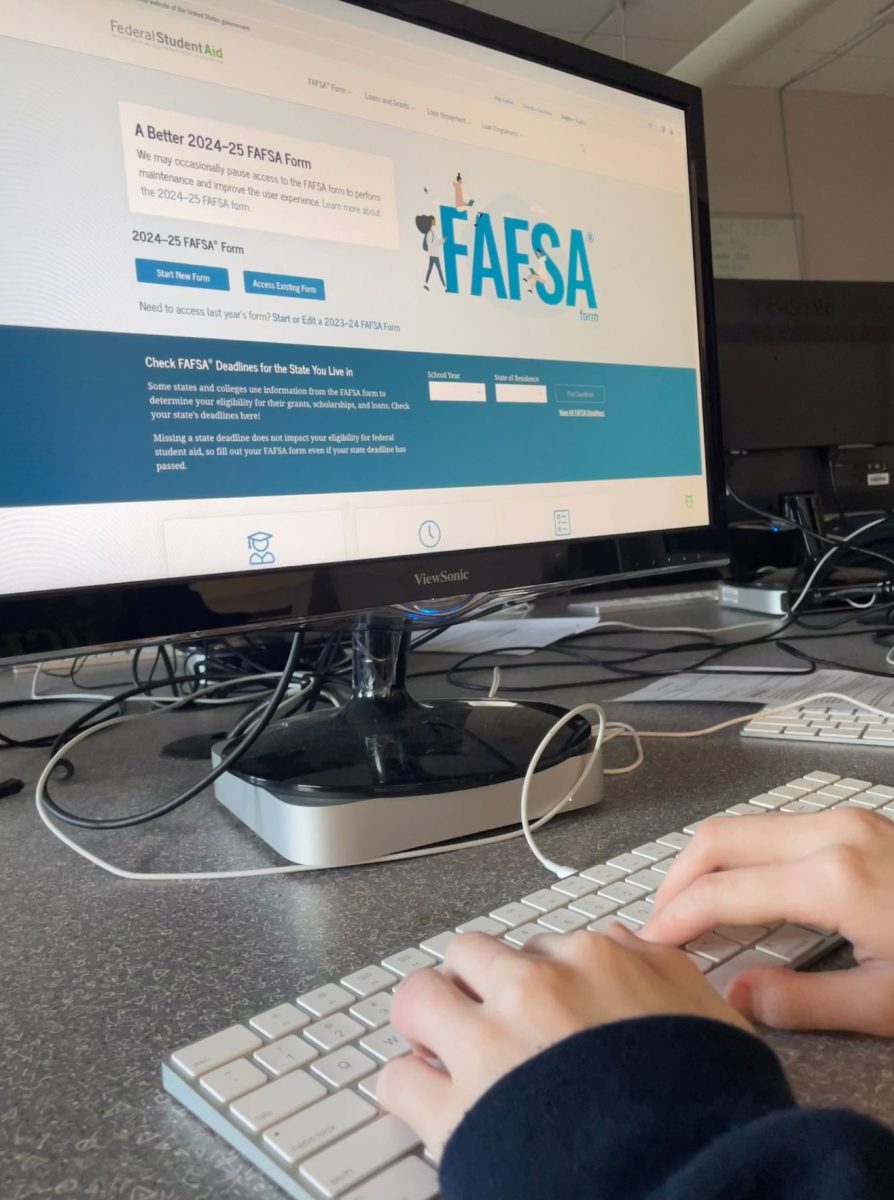








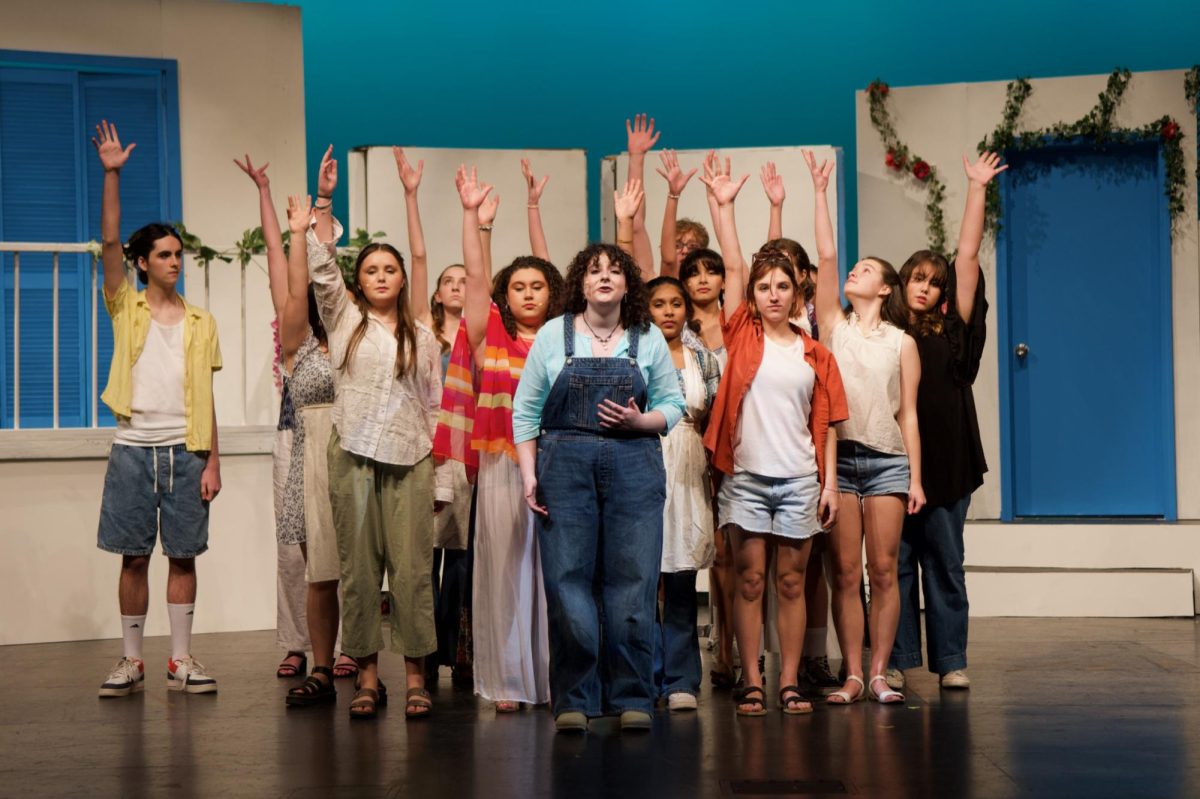









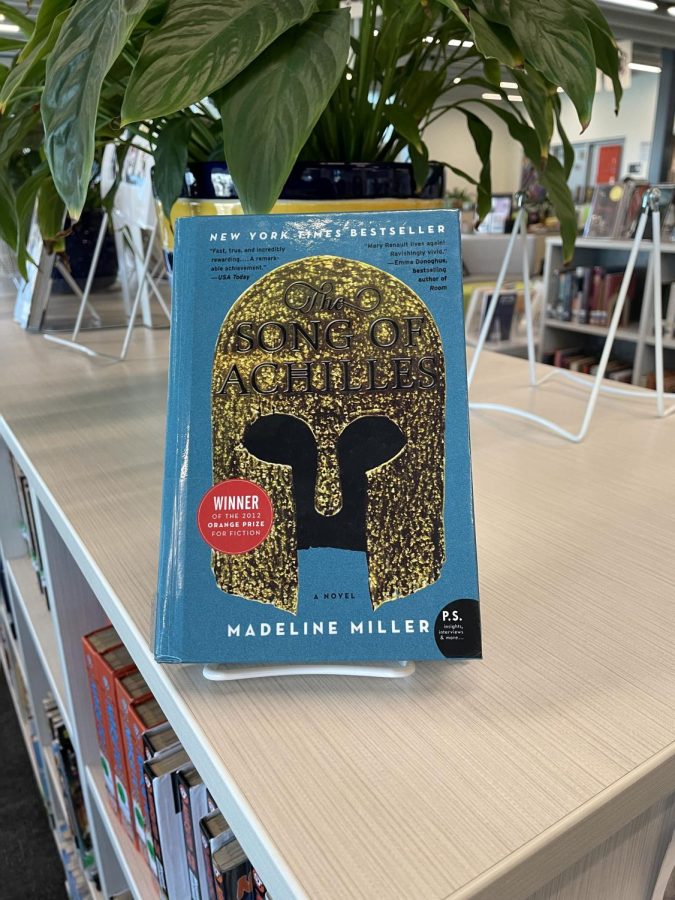



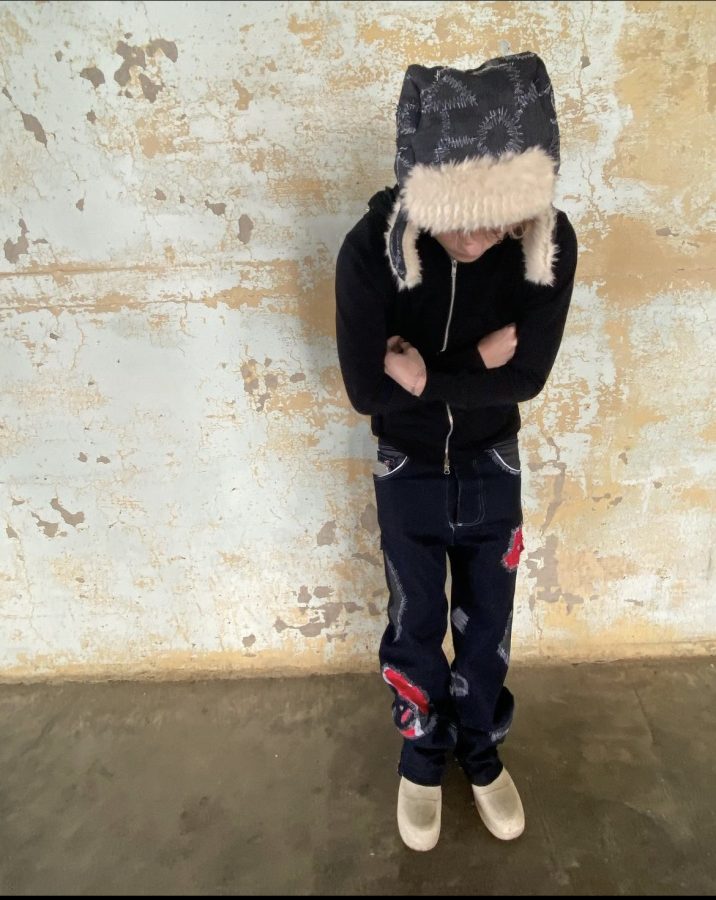








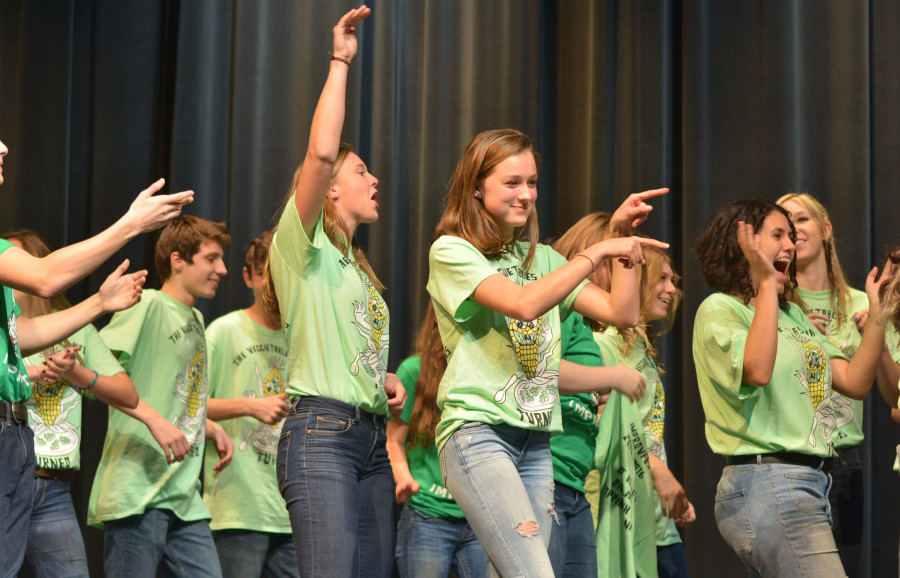




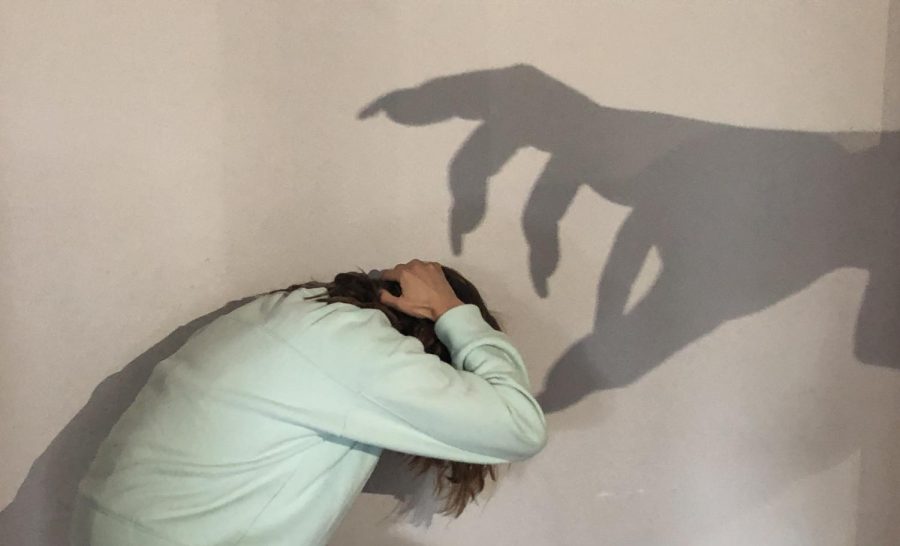




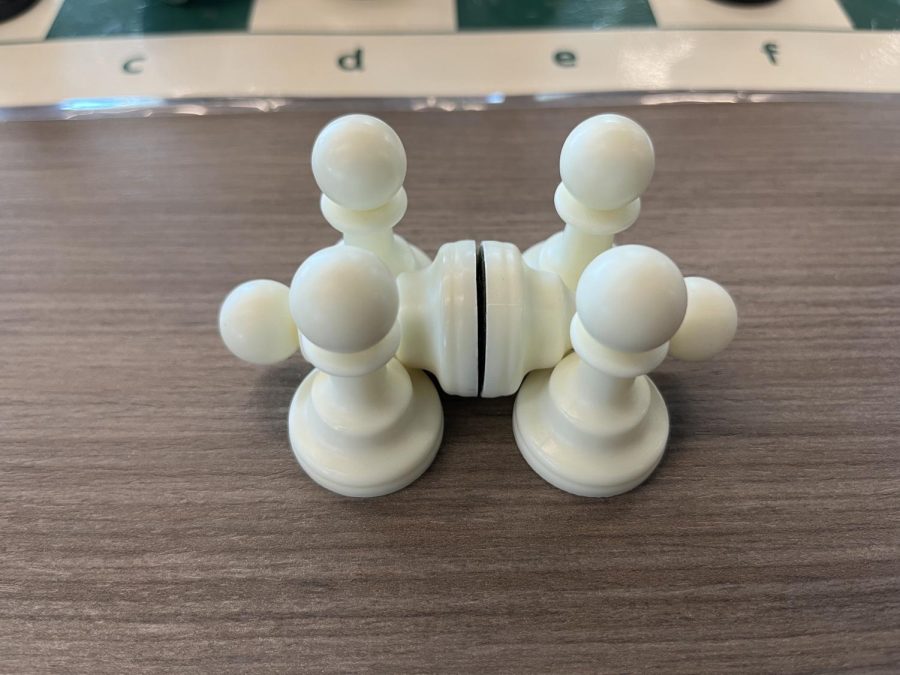
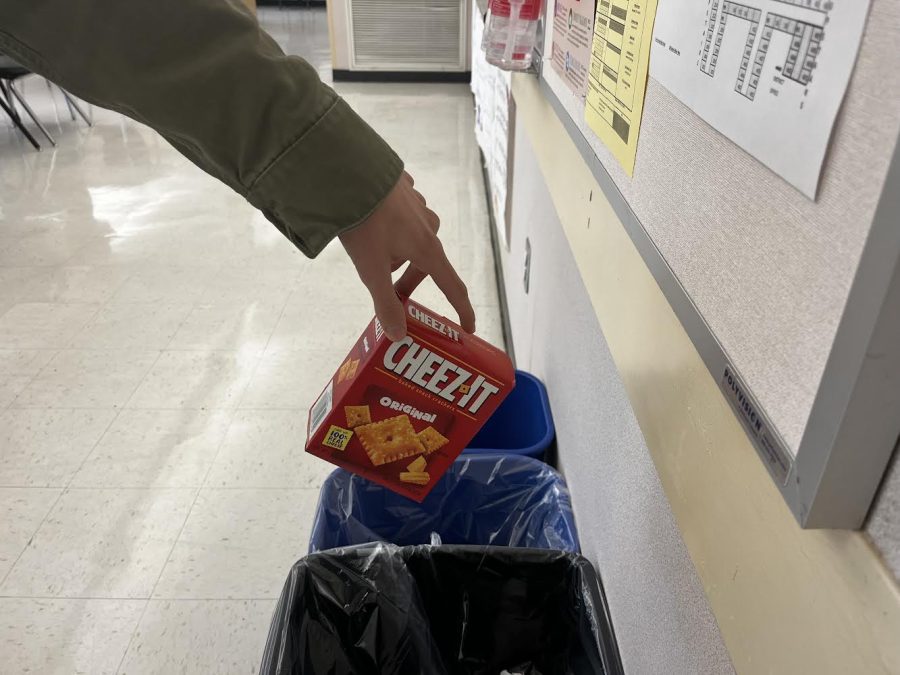


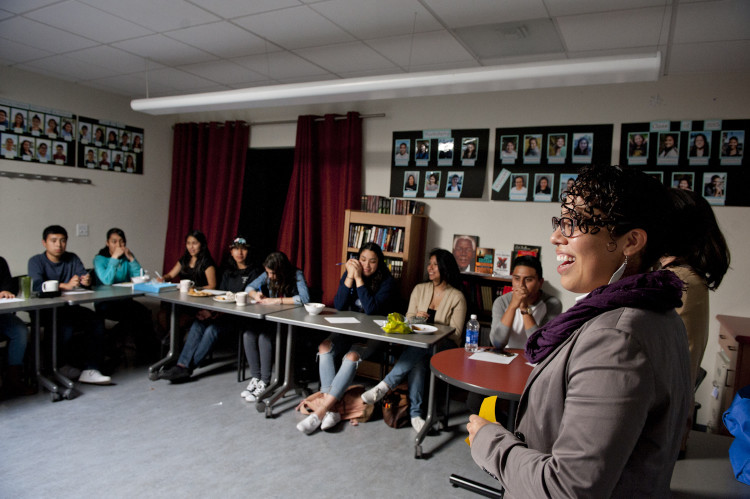














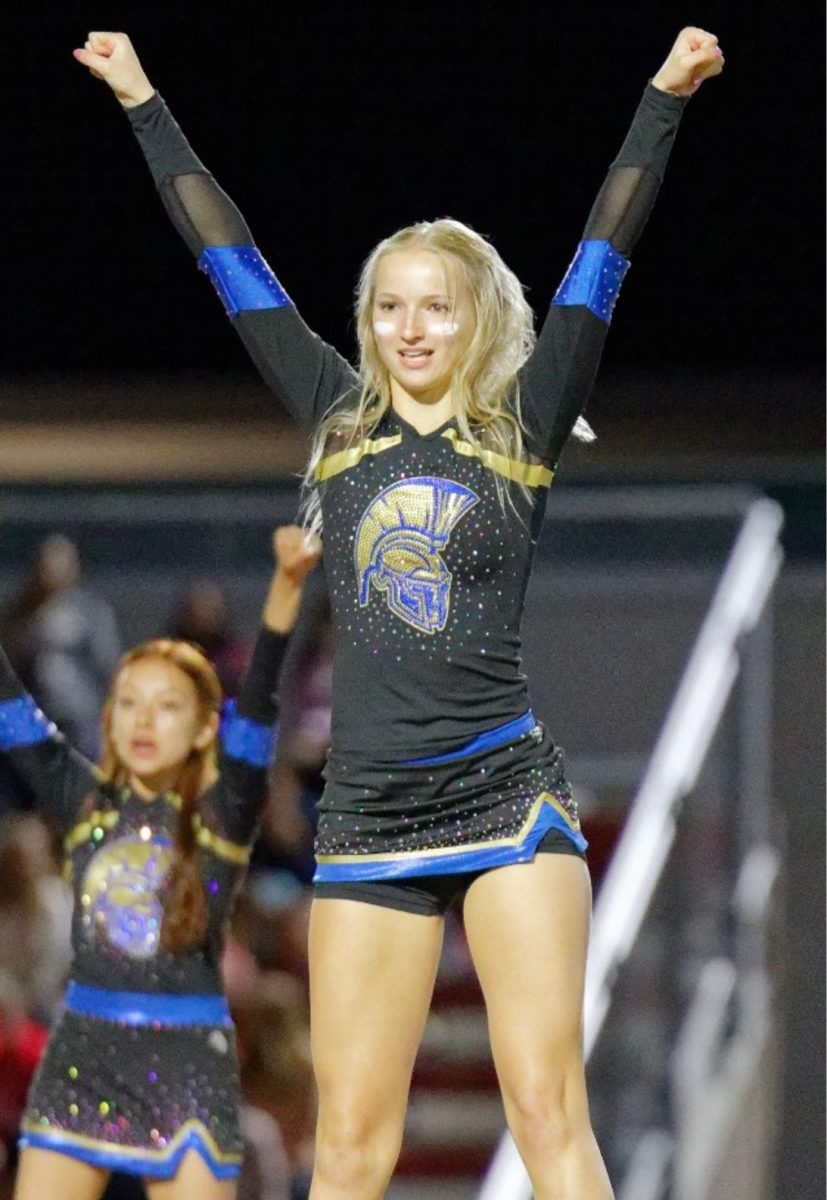



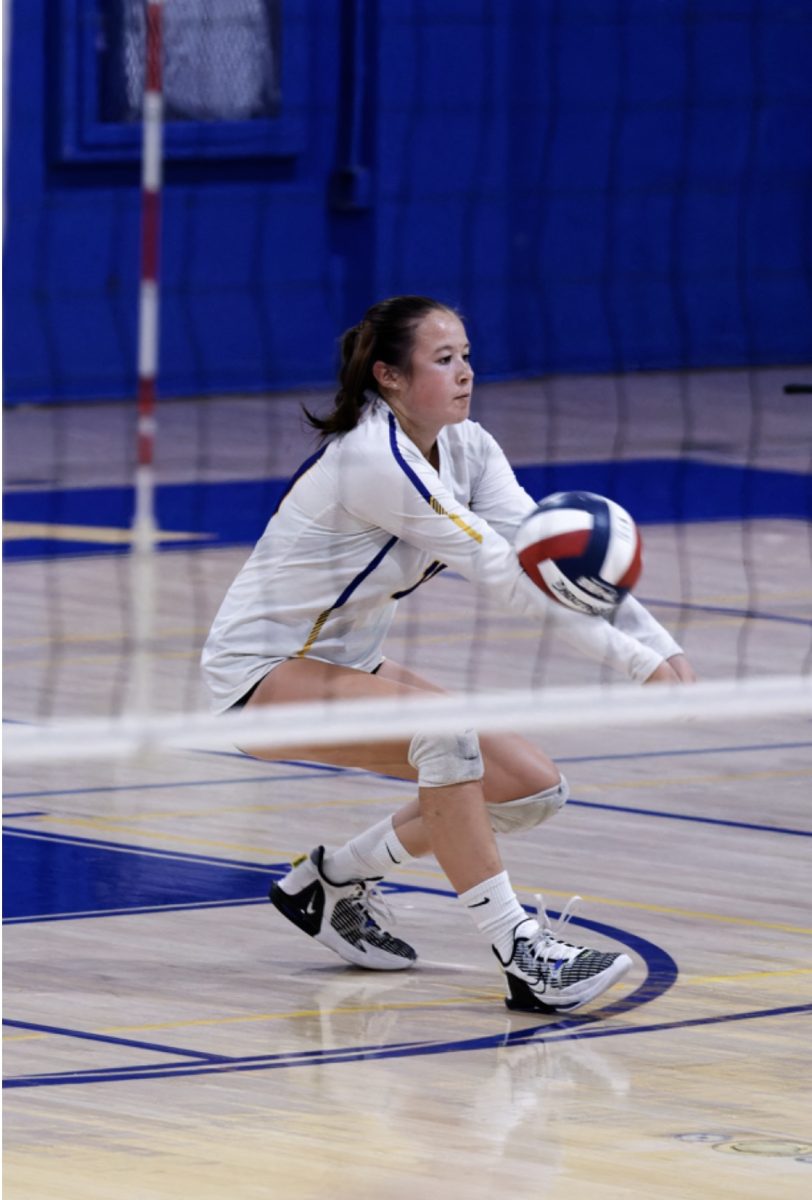

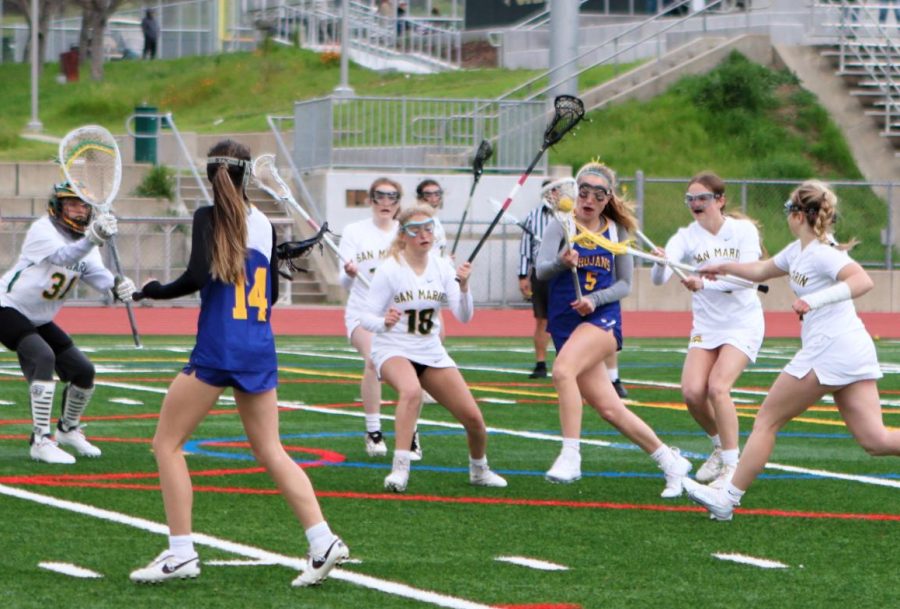
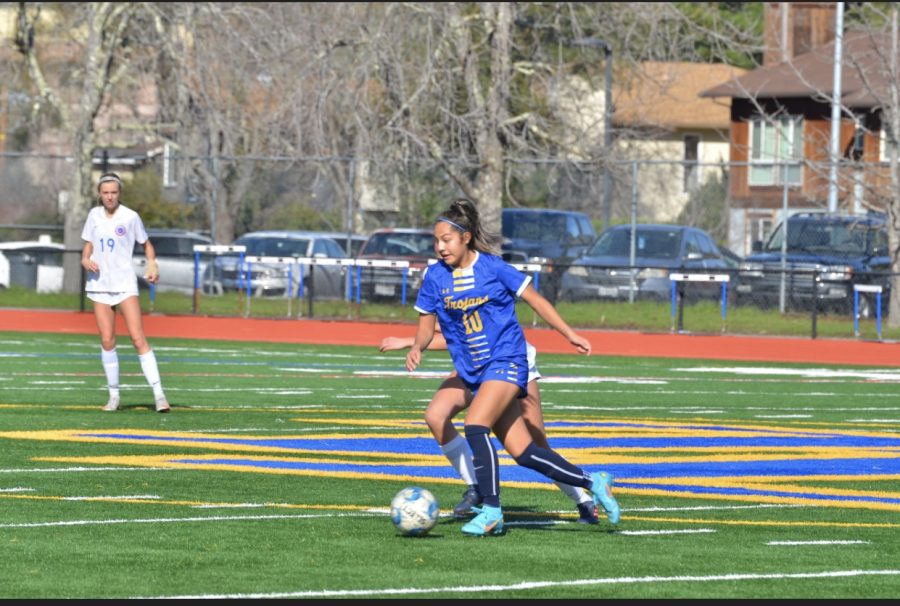



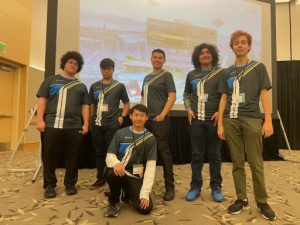


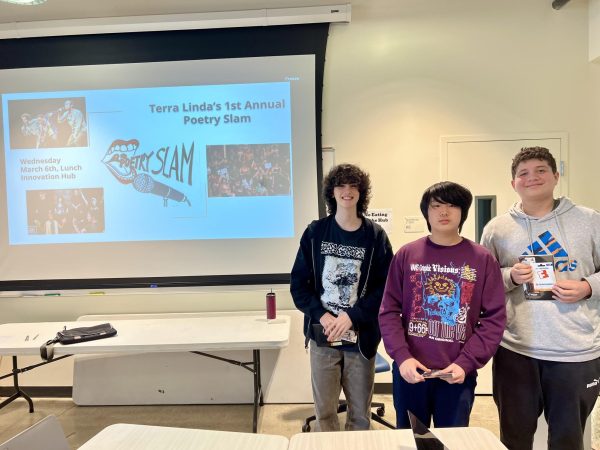



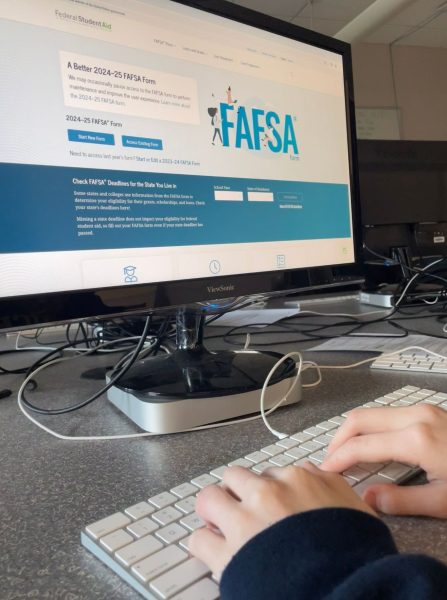


Sam Afsharipour • Dec 11, 2015 at 12:02 pm
Really cool insight; it was an interesting topic to learn about. Awesome article. The video was also a nice touch.